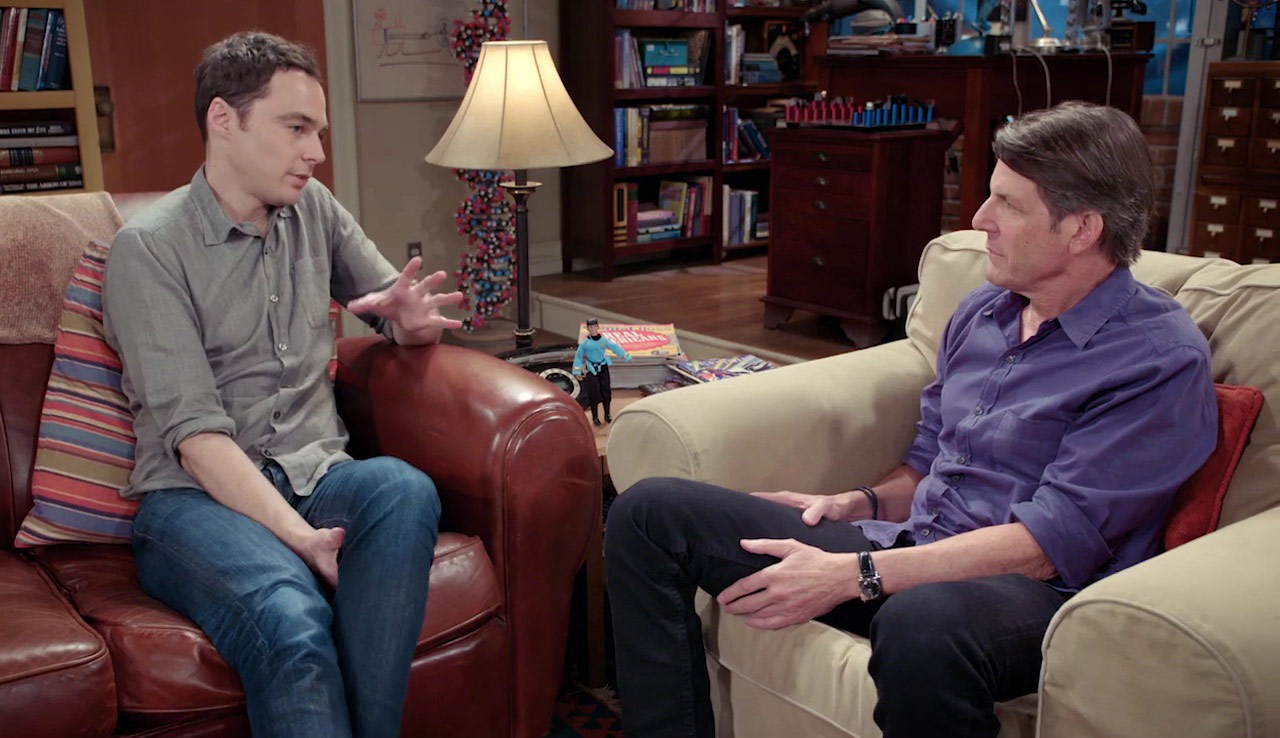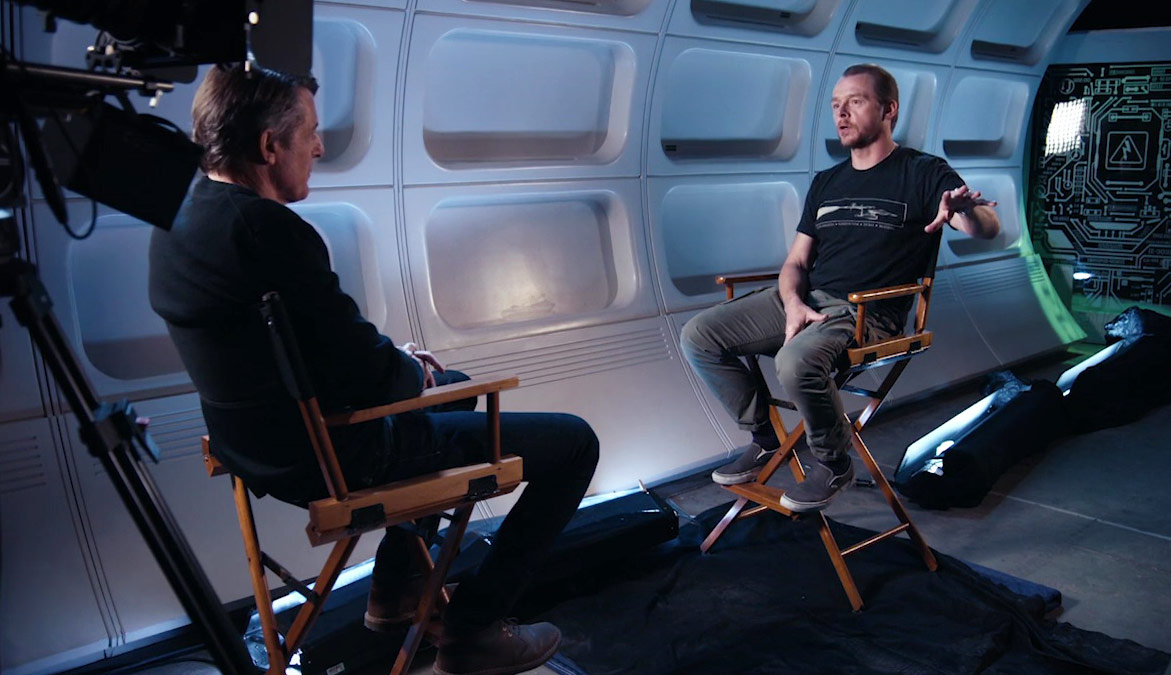As we celebrate all things Star Trek, on this its 50th anniversary, 455 Films has released For the Love of Spock in theaters and on video-on-demand streaming services this weekend, a beautifully produced documentary which serves as a kind of love letter and final farewell to Leonard Nimoy from his son, Adam.
For the Love of Spock accomplishes one of those rare feats for a mainstream Star Trek documentary in that it is informative without being condescending to its core Star Trek fan base. Documentaries of this type often have a hard time finding a way to straddle the line between satisfying hardcore fans as well as the uninitiated. For the Love of Spock manages to do both exceptionally well.

That said, if you’re expecting a dry, clinical rundown of Leonard Nimoy’s career in Star Trek with some behind-the-scenes dirt sprinkled in, prepare to be disappointed (or relieved, depending on your temperament). The key word in the film’s title here is “love” and the documentary is chiefly a tribute film serving to reveal, on a personal and – at times – emotional level, who the man was underneath the pointy ears and stoic demeanor.
Adam Nimoy produced the documentary with help from a crowd-funding campaign through Kickstarter, which helped to pay for the large amount of licensed video content in the feature, from Leonard’s Trek years (as well as other projects). The project began as a joint venture with his father, but after Leonard’s death last year, it took on a much larger scope and importance.
Adam was able to solicit the support of all principle actors from the original series for interviews, as well as those from the rebooted movies – plus many others in the entertainment industry and from Leonard’s life.

There are a number of interesting takeaways from this film, especially if you’re not familiar with Leonard’s early years as a struggling actor in television. The birth of the pointy ears prosthetic, the Vulcan neck pinch, and the famous hand greeting are explained away, as you’d expect.
But these bits of trivia are almost incidental to the larger story being told: that of a man who passionately wanted to be an actor and who, after considerable sacrifice and subsequent success with Spock, found it hard to separate himself from that identity.
Because this is Adam’s story as much as it is Leonard’s, we also learn about Adam’s struggle finding his own career identity living in the shadow of his famous father. Adam did manage to carve out a career directing for television. In addition to NYPD Blue, Outer Limits, and Babylon 5, Adam directed two episodes of Star Trek: The Next Generation – “Rascals” and “Timescape.”

There are some glaring omissions that may upset fans eager to learn more about Leonard’s work on the original Star Trek feature films. While the film does spend some time on Star Trek: The Motion Picture (Leonard characterized the experience as “depressing”) and his path to feature film directing in the 1980’s with Star Trek III and Trek IV – as well as Three Men and a Baby – there’s no mention of any of the Star Trek movies after The Voyage Home, or his ground-breaking appearance on Star Trek: The Next Generation’s episode “Unification.”
We do pick up with his experience working on the 2009 Trek reboot film, with personal memories from Director JJ Abrams and members of the cast. J.J. Abrams, Zachary Quinto, Chris Pine, and Simon Pegg are among the Kelvin Timeline participants to discuss Nimoy in the interview segments.

For the Love of Spock is beautifully assembled, and the film’s coda, which takes place at Burning Man 2015, is captivating in its visual power. As a whole, For the Love of Spock doesn’t ignore the darker parts of Leonard’s life, but it doesn’t wallow in them at the expense of what truly defined Leonard Nimoy and his legacy, which is dignity, passion, and sacrifice.
For the Love of Spock can be viewed on many digital platforms, in theaters across the United States and Canada, and is available for preorder on Blu-ray and DVD at the film’s official website.
